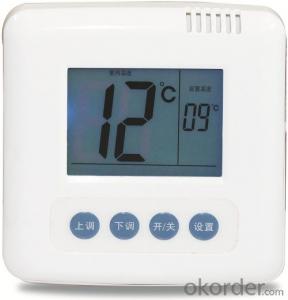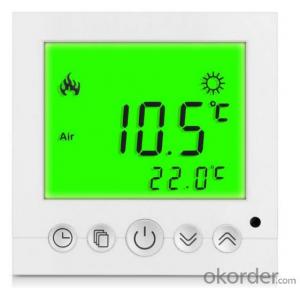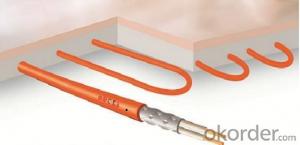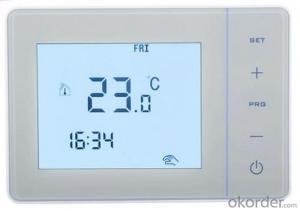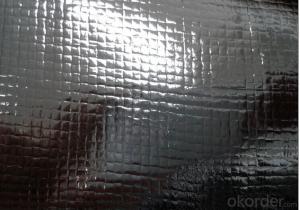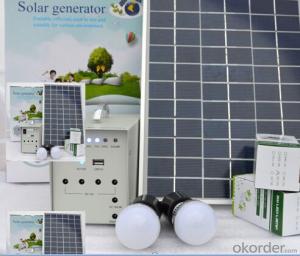10kva Inverter Solar System
10kva Inverter Solar System Related Searches
Primer For Galvanized Steel H S Code For Stainless Steel Wd 40 For Stainless Steel Spray Paint For Stainless Steel Glue For Stainless Steel Step Bit For Stainless Steel Magnets For Stainless Steel Caulking For Stainless Steel Steel Vessels For Kitchen Best Solar Inverter For HomeHot Searches
Steel Mesh Panels For Sale Cheap High Tea Sets For Sale High Density Fiberboard For Sale Solar Hot Water Collectors For Sale Scaffolding For Sale In Uae Scaffolding For Sale In Ireland Scaffolding For Sale In Houston Type Of Inverter For Solar Price Of Shipping Containers For Sale Used Solar Inverter For Sale Portable Led Signs For Sale Stone Hot Water Bottles For Sale Large Led Screens For Sale 1/4 Aluminum Plate For Sale H4 Led Headlight Bulbs For Sale Flexible Solar Cells For Sale Air Pump For Aquarium Price Inverter Size For Solar System Solar Edge Inverter For Sale Aluminum Bar Stock For Sale10kva Inverter Solar System Supplier & Manufacturer from China
Okorder.com is a professional 10kva Inverter Solar System supplier & manufacturer, offers integrated one-stop services including real-time quoting and online cargo tracking. We are funded by CNBM Group, a Fortune 500 enterprise and the largest 10kva Inverter Solar System firm in China.Hot Products
FAQ
- Yes, a solar inverter can be used in systems with different module types. Solar inverters are designed to convert the direct current (DC) generated by solar panels into alternating current (AC) that can be used to power electrical devices. They are compatible with various module types, such as monocrystalline, polycrystalline, and thin-film solar panels, allowing them to be used in diverse solar energy systems.
- The role of a power quality analyzer in a solar inverter is to monitor and analyze the quality of the electrical power being generated by the solar panels. It measures various parameters such as voltage, current, frequency, harmonics, and power factor to ensure that the power being generated is within acceptable limits and meets the required standards. By detecting any deviations or abnormalities in the power quality, the analyzer helps in identifying and rectifying issues that could affect the performance and efficiency of the solar inverter and the overall solar power system.
- The role of a solar inverter in a grid-tied system is to convert the direct current (DC) electricity generated by the solar panels into alternating current (AC) electricity that can be used to power electrical appliances and be fed back into the utility grid. It also ensures the synchronization of the solar system with the grid and regulates the voltage and frequency of the electricity being produced.
- Yes, a solar inverter can be used with a solar-powered waste management system. A solar inverter is responsible for converting the direct current (DC) produced by solar panels into alternating current (AC) that can be used to power various appliances and systems. In the case of a solar-powered waste management system, the solar inverter would ensure that the electricity generated by the solar panels is compatible with the system's components, such as motors, sensors, and controls. This would enable the waste management system to operate efficiently using clean and renewable solar energy.
- Yes, a solar inverter can be used in areas with high levels of electrical noise or interference. However, it is important to ensure that the inverter is designed to handle such conditions and has appropriate noise filtering mechanisms in place to minimize any potential disruptions or damage caused by the interference.
- Yes, there are some safety concerns associated with solar inverters. The main concern is the risk of electrical shock or fire due to faulty installation, improper maintenance, or inadequate grounding. It is important to ensure that professional installation is done according to safety guidelines and that regular inspections and maintenance are carried out to mitigate these risks.
- A solar inverter handles voltage dips and swells by utilizing various protective mechanisms. When there is a voltage dip, the inverter typically has a built-in low voltage ride-through capability, which allows it to continue operating even if the grid voltage temporarily drops. The inverter adjusts its power output to match the reduced voltage, ensuring a stable and reliable energy supply. In case of voltage swells, the solar inverter employs voltage regulation techniques to prevent excessive voltage from harming the system. It monitors the grid voltage and adjusts its own output accordingly, ensuring that the generated solar power is safely integrated with the grid. This regulation mechanism helps protect both the inverter and other connected devices from potential damage caused by high voltage levels. Overall, the solar inverter's ability to handle voltage dips and swells is crucial for maintaining the stability and efficiency of a solar power system, enabling it to seamlessly adapt to varying grid conditions and safeguarding the equipment involved.
- Yes, a solar inverter can be used with a solar-powered water pump. A solar inverter converts the direct current (DC) generated by solar panels into alternating current (AC) that can be used to power various electrical devices, including water pumps. This allows the solar panels to directly power the water pump, making it an efficient and sustainable solution for water pumping applications.
